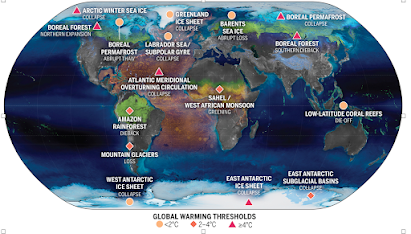State of the market update - players, funding, jobs and more

If you are working in the high-tech sector or are at a startup, the first half of 2023 was definitely a roller coaster. We saw venture funding dry up for many sectors; saw the collapse of the Silicon Valley Bank - the bank where many startups and venture capital funds kept their money; and observed layoffs happen in the technology giants - Google, Facebook, Apple and others. In fact, one of the VC firms, Cervin, did an analysis showing that venture funding has been at an all-time low this year, with only 19 mega deals being signed in Q1 2023 compared to 98 the previous year; funding fell by 53% for angel and seed funding and by 30% for Series A rounds. In fact, except for companies focusing on generative AI and AI adjacent technology in the high-tech sector, it has been an exceptionally difficult year financially. How did the clean-tech sector fare? Unsurprisingly, while there were some impacts on startups and their ability to raise additional funds from venture capital firms, the se...



